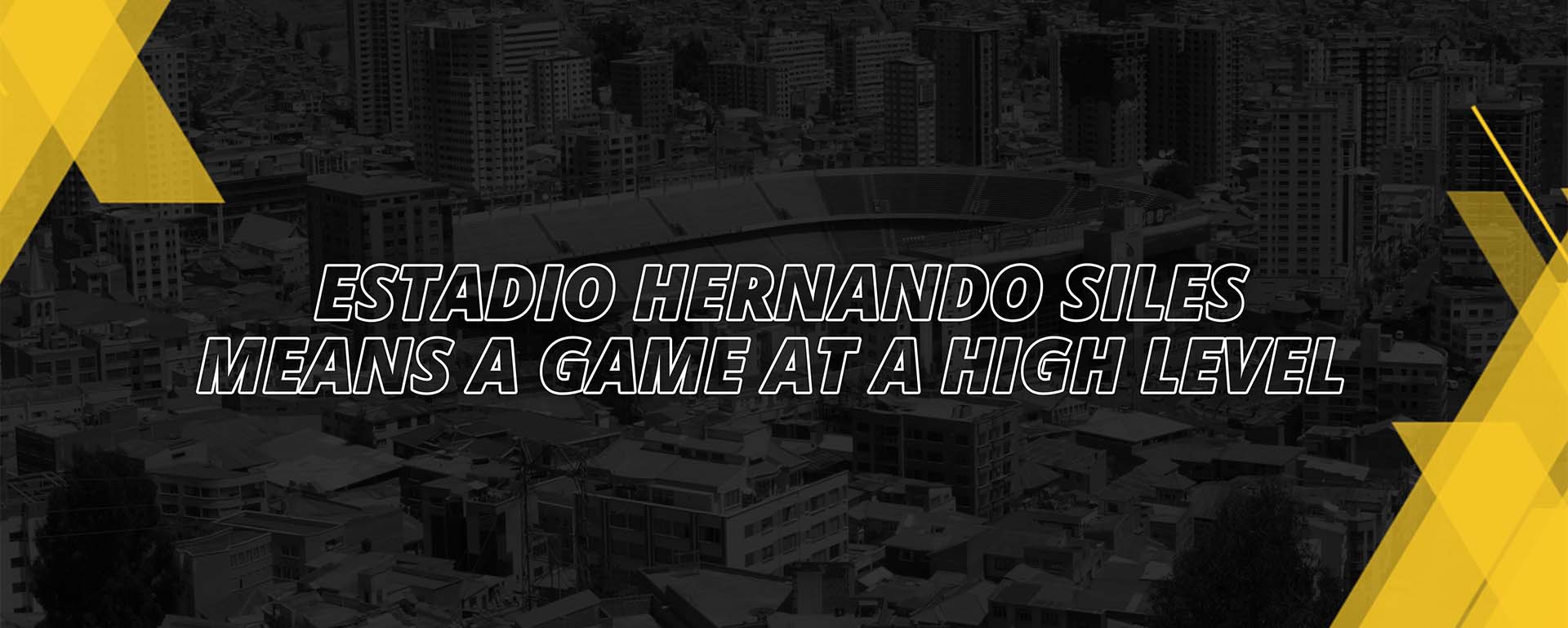
One of the most controversial stadiums in world football is located in the city of La Paz, Bolivia. Of all the features that we will discuss later in this blog, the Estadio Hernando Siles is the country’s largest stadium, with a capacity of 41,143 seats. Its name honours the 31st President of Bolivia, Hernando Siles Reyes.
We hope that you enjoy this blog about one of the most iconic stadiums in world football, and we invite you to visit our LV BET Sports Blog to check out our other informative articles.
Historical background of the Estadio Hernando Siles Stadium
The stadium at La Paz was inaugurated on 16 January 1930 in a game between The Strongest and their rivals Universitario, with The Strongest winning 4-1. This game was only the first of many memorable achievements obtained in this stadium. Estadio Hernando Siles also hosted some games of the 1963 South American Championship, which Bolivia won.
The Estadio Hernando Siles at La Paz has been the site of significant moments in the footballing history of the Bolivian national team, with some incredible results coming against Brazil and Argentina. On 1 April 2009, Bolivia defeated Argentina 6-1, inflicting the worst defeat for Argentina in 60 years — a grand achievement for Bolivia and its people. A couple of months later, in the same competition, Bolivia defeated Brazil 2-1 in the 2010 World Cup qualifiers, capping one of their best performances in a World Cup qualifying stage.
The stadium’s location is worth noting as its surrounded by buildings in the capital of Bolivia, giving fans a great feeling of togetherness. During a competitive match, one can enjoy an incredible view of the stadium from the tall buildings in the Bolivia capital.
Who plays at the Estadio Hernando Siles
Estadio Hernando Siles is home to many clubs in La Paz, Bolivia. Some of the biggest clubs are Bolivar, The Strongest, Internacional de La Paz, Mariscal Braun, Universitario de La Paz and Chaco Petrolero. Other clubs from the lower leagues also play at the Hernando Siles.
FIFA ban
Whenever opponents visit La Paz, especially the Estadio Hernando Siles, to play against Bolivia, they always find it difficult to compete due to the high altitude, giving Bolivia a significant advantage. Many have protested against the legitimacy of hosting games at La Paz. In 2007, FIFA declared that no World Cup qualifying matches were to be played at the Estadio Hernando Siles. Many were against this ban, such as Bolivian President Evo Morales and Diego Maradona, who claimed it was discriminatory against nations in Latin America. The location of most of the stadiums in South America are at high altitudes, so that would be problematic for the host team to find a suitable venue. After months of campaigning, FIFA raised the altitude limit from 2500 meters to 3000 meters in June 2007. Later in 2008, the ban was revoked.
During the 2006, 2014 and 2018 World Cup qualifiers, Bolivia had 14 home wins, 10 home draws, and no away wins. A very popular incident happened in 2017 when Neymar posted photos of Brazil players with oxygen masks before their World Cup qualification match, claiming that the conditions were ‘inhumane’.
Closing Stages
After reading this blog, we hope that you’ve understood more about the arguments surrounding the famous Estadio Hernando Siles in La Paz, Bolivia. Let us know what you think. Do you see this as an unfair advantage for Bolivian national team.